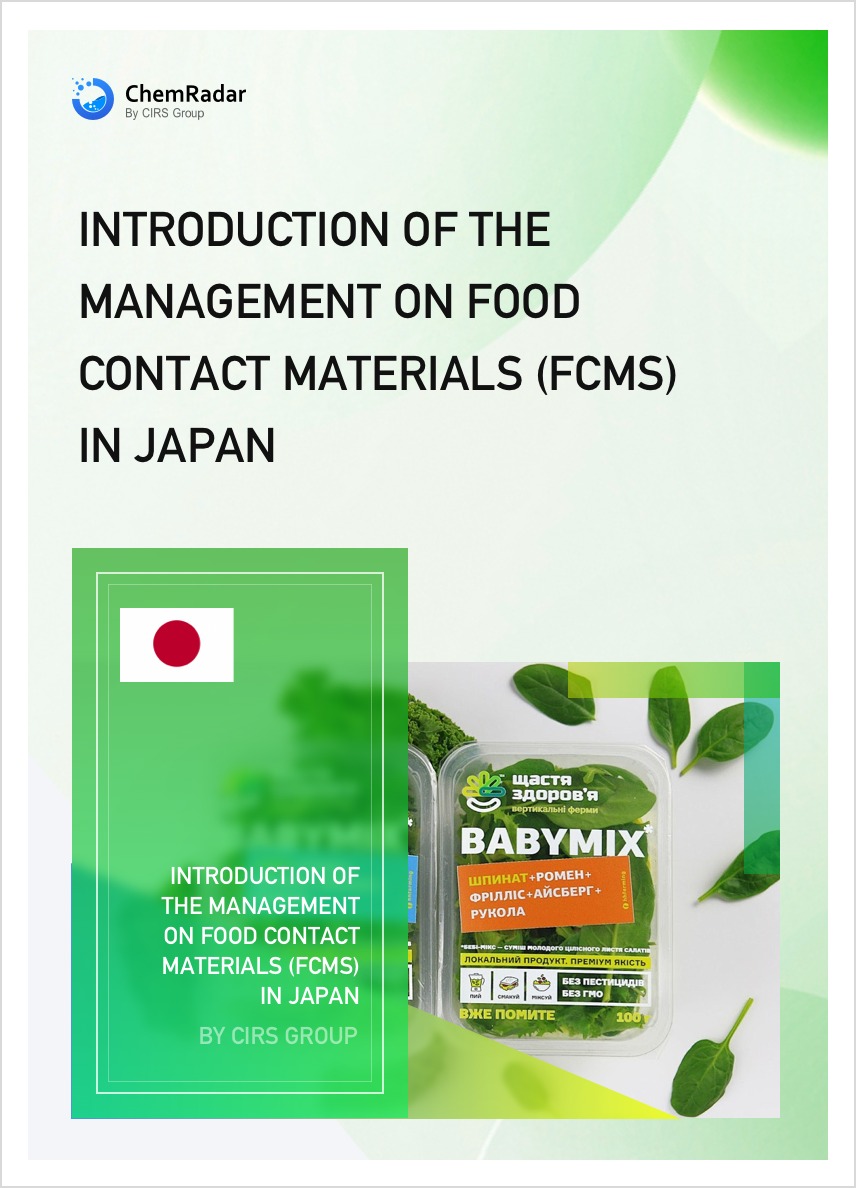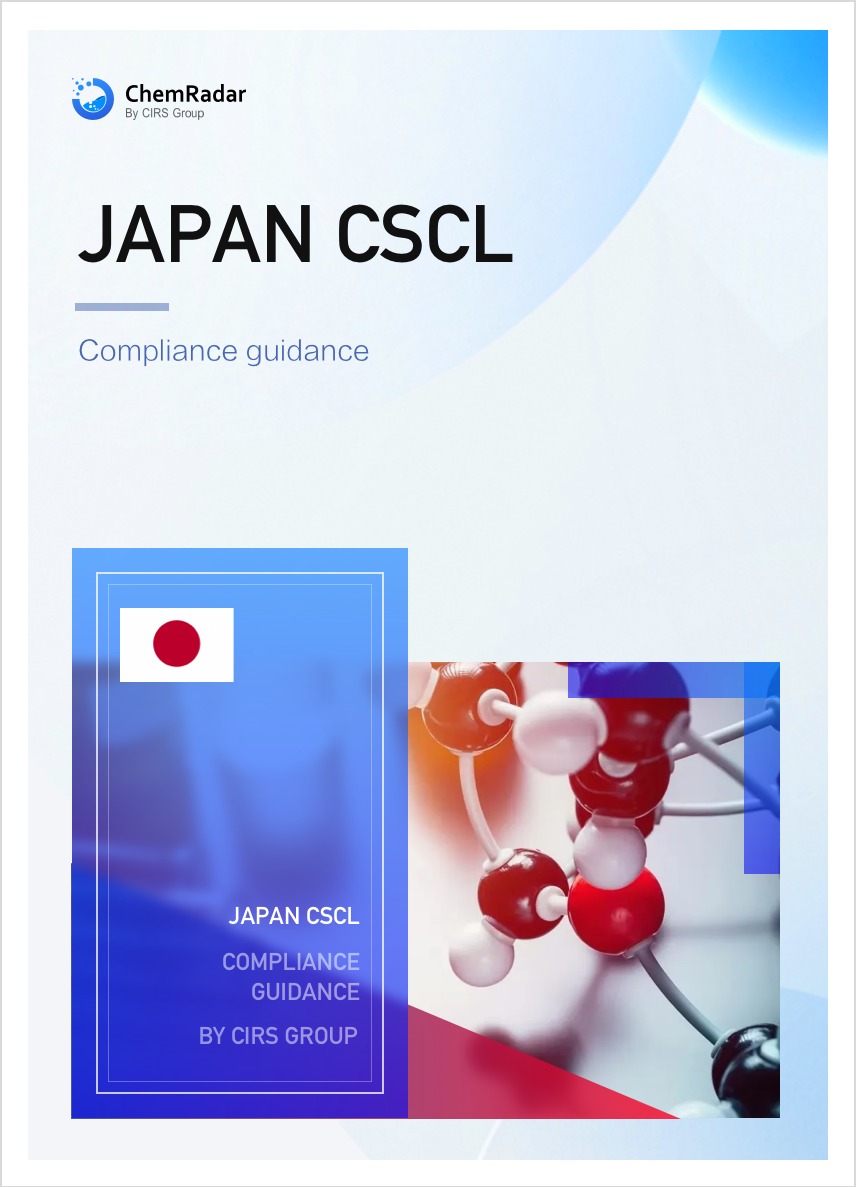On March 12, 2024, the Japanese Ministry of Health, Labor and Welfare announced a major revision of the standards for the use of food utensils and container packaging materials after a meeting of the Pharmaceutical Affairs and Food Hygiene Committee (PAFSC), of which the update of the positive list is particularly important. The Positive List system was first introduced in the amendments to the Food Sanitation Act in 2018 and has been in effect since June 1, 2020, to regulate specific chemical substances that can be used as food contact materials.
The positive list can be searched here free of charge.

This revision includes:
1. Added thirteen additives.
| 1 | Polymers mainly composed of 2-hydroxyethyl acrylate and butyl acrylate |
| 2 | Polymers mainly composed of indene and dibenzofuran |
| 3 | Sodium salts of esters formed from ethoxylated fatty alcohols and phosphoric acid |
| 4 | Polymers mainly composed of epichlorohydrin and bisphenol A |
| 5 | Amides formed from oleic acid and tetraethylenepentamine |
| 6 | N-[3-(trialkoxysilyl)propyl]diamines treated with wood decomposition |
| 7 | Polymers mainly composed of xylene and formaldehyde |
| 8 | Cobalt acetate |
| 9 | Polymers mainly composed of vinyl acetate and dicyclopentadiene |
| 10 | Polymers containing two or more of the following as main components: dimethylsiloxane, 3-hydroxypropylmethylsiloxane, hydroxymethylsiloxane, methylsiloxanediol, and methylhydrosiloxane |
| 11 | Thiolated 2-ethylhexyl monooctyl tin mercaptide |
| 12 | Dibutylphenyl ester |
| 13 | Sodium salt of N-hydroxyethyl ethylenediaminetriacetic acid |
2. Updated the use limits of three additives in different material categories, as well as the list of monomers and use limits.
| Substance name | Use limits on material classification (%) | |||||
| Material classification 1 | Material classification 2 | Material classification 3 | Material classification 4 | Material classification 5(only for polymers with heat resistance above 150°C) | Material classification 5(only for polymers with heat resistance below 150°C) | |
| The polymer mainly composed of 2-ethylhexyl acrylate, diethylenetriamine, valerolactone, 2-phenoxyethanol, and hexamethylene diisocyanate, treated with ethoxylation and propoxylation. | 5.0 | 5.0 | 5.0 | 5.0 | 5.0 | 5.0 |
| Glycerol treated with ethoxylation and propoxylation. | 5.0 | 5.0 | 15 | 1.0 | 15 | 15 |
| The polymer mainly composed of N, N-dimethyl-1, 3-propanediamine, toluene diisocyanate, and hexanol, treated with ethoxylation and propoxylation. | 0.95 | 0.40 | 2.0 | — | 2.0 | 2.0 |
| Dibutyl phthalate |
1.6 | 1.0 | 1.0 | — | 1.6 | 1.0 |
3. Deletes the special requirements for glycerin treated with ethoxylation and/or propoxylation.
The revision also involves the updating of composition standards and restrictions on the use of various polymers, including:
- Crosslinked polymers of epoxy compounds; (e.g., for ethylene glycol, the restriction "polymers with a polymerization degree higher than 4, where they must constitute less than 50% of the polymer composition" has been removed);
- Crosslinked polymers mainly composed of ester bonds;
- Polymers mainly composed of siloxane bonds;
- Polymers with formaldehyde as the main monomer;
- Polymers mainly composed of urethane bonds;
- Polymers mainly composed of ester bonds;
- Polymers mainly containing amide bonds (including polymers with azelaic acid or 2-ethyl-2-oxazoline as the main monomers);
- Homopolymers of glucose or chemically modified cellulose;
- Polymers used for coatings.
Detailed revision can be accessed through the following website:
https://www.mhlw.go.jp/content/11130500/001229390.pdf
The MHLW states that this revision will come into effect from June 1, 2025. An official notice will be issued after the food health impact assessment.


